Best Times for Poison Ivy Control
Effective Poison Ivy Controls depend on timing to maximize results and minimize regrowth. The optimal periods are during early spring and late fall when the plant is actively growing or entering dormancy. Applying treatments during these times ensures better absorption and reduces the likelihood of regrowth.
Applying controls in early spring targets Poison Ivy before it fully leafs out, making it easier to remove and reducing its ability to spread.
Late fall applications are effective as the plant prepares for dormancy, allowing herbicides to be absorbed more efficiently.
Mid-summer treatments are less effective due to the plant's vigorous growth and waxy leaves that hinder herbicide absorption.
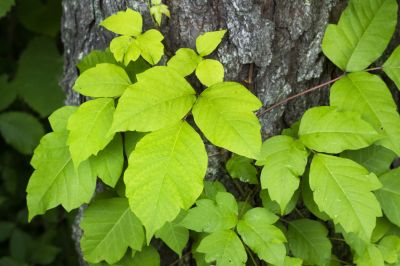
Poison Ivy begins to grow actively in early spring, making it an ideal time for control.
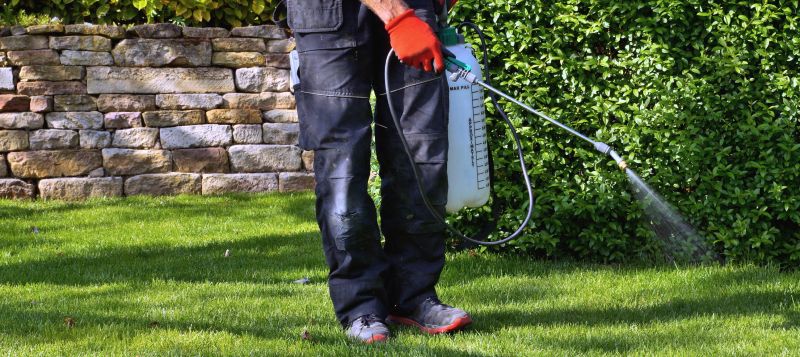
Applying herbicide during dormancy ensures better absorption and effectiveness.

Late fall is another optimal period for control efforts as the plant prepares for winter.
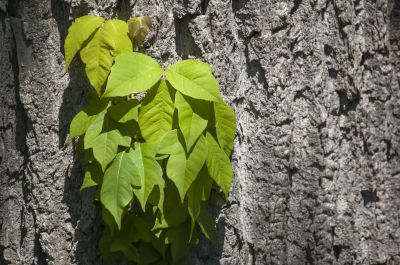
Ways to make Poison Ivy Controls work in tight or awkward layouts.
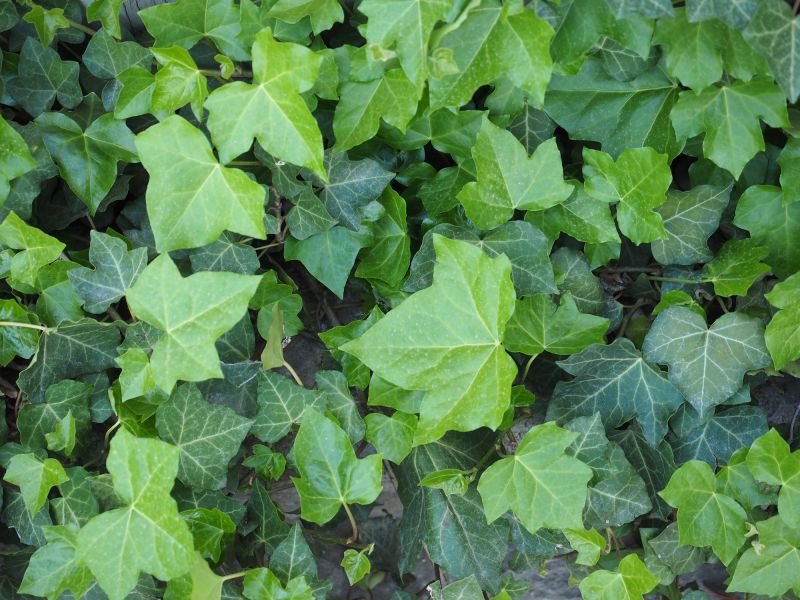
Popular materials for Poison Ivy Controls and why they hold up over time.
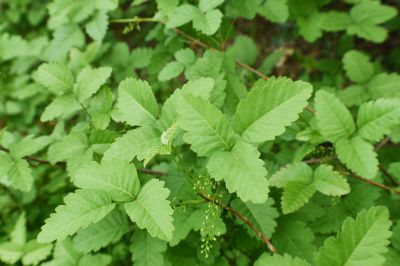
Simple add-ons that improve Poison Ivy Controls without blowing the budget.
| Timing | Effectiveness |
|---|---|
| Early Spring | High - targets young growth before full leaf-out |
| Mid-Summer | Low - vigorous growth and waxy leaves hinder treatment |
| Late Fall | High - plant prepares for dormancy, absorbing herbicides effectively |
| Winter | Not recommended - plant is dormant and less active |
Poison Ivy Control measures involve understanding the plant's growth cycle to choose the most effective timing for treatment. Proper timing enhances the success of herbicide applications, reduces the need for repeated efforts, and prevents the spread of Poison Ivy to surrounding areas. Regular monitoring and timely intervention are key components of an effective control strategy.
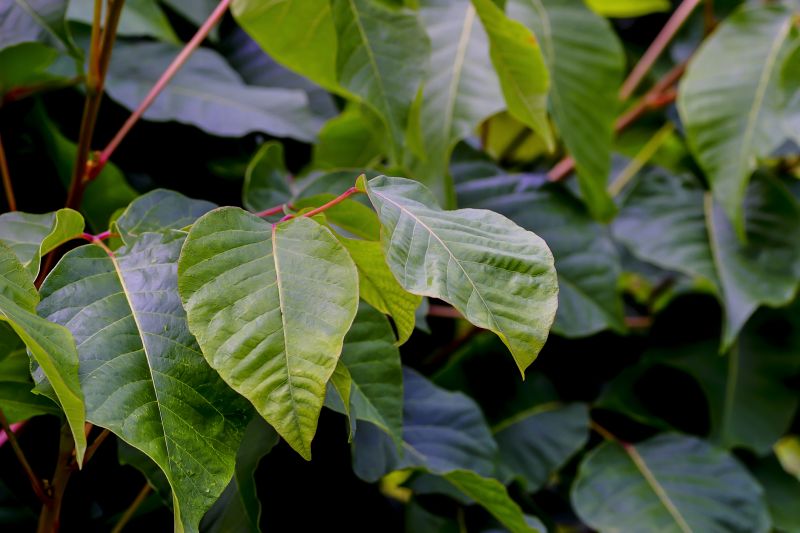
Dormant Poison Ivy is less active, making fall and winter treatments more effective.
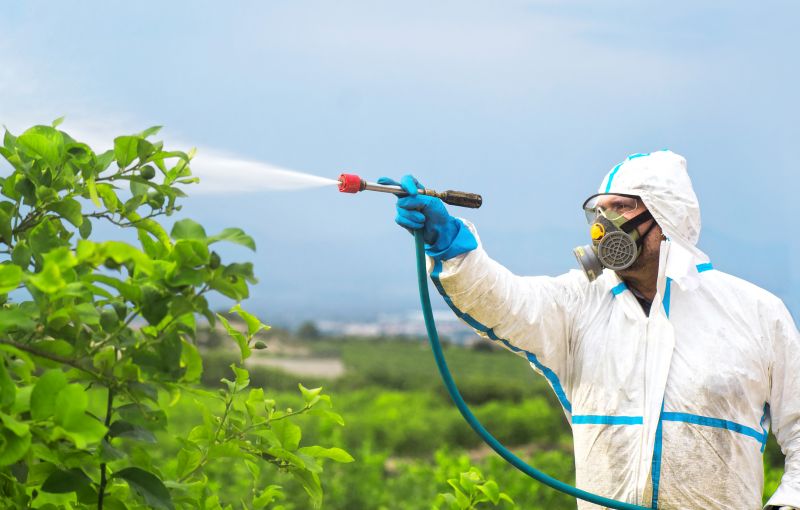
Proper herbicide application during optimal times ensures better control.
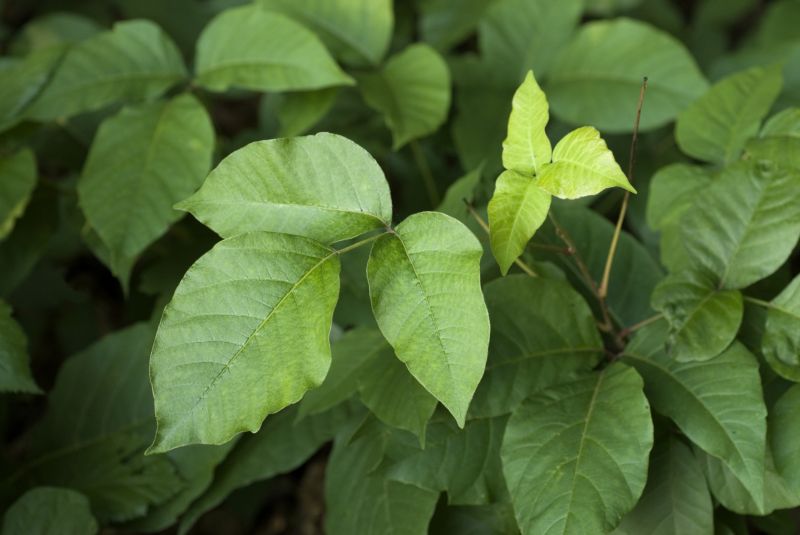
Early leaf-out indicates the start of active growth, suitable for treatment.
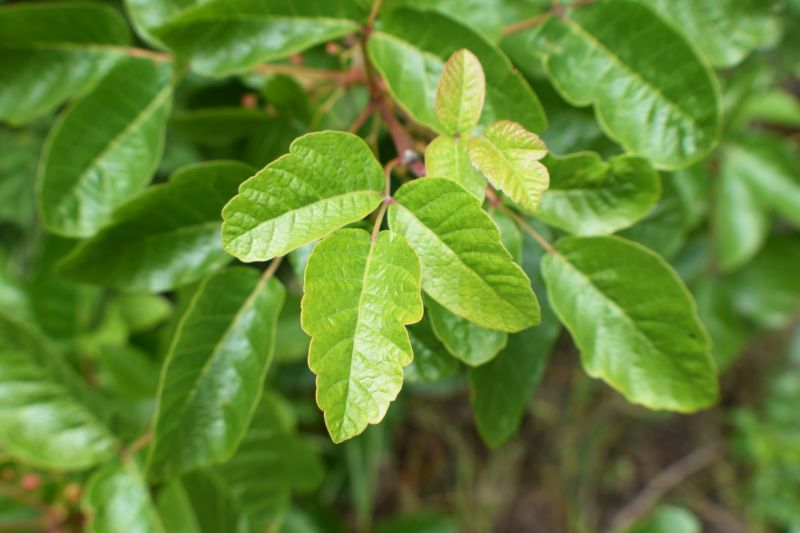
Late fall shows the plant preparing for dormancy, ideal for control efforts.
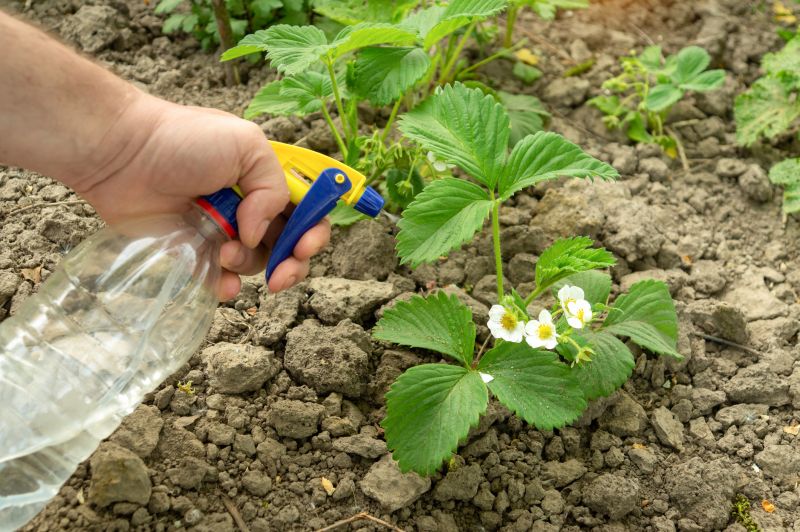
High-end options that actually feel worth it for Poison Ivy Controls.
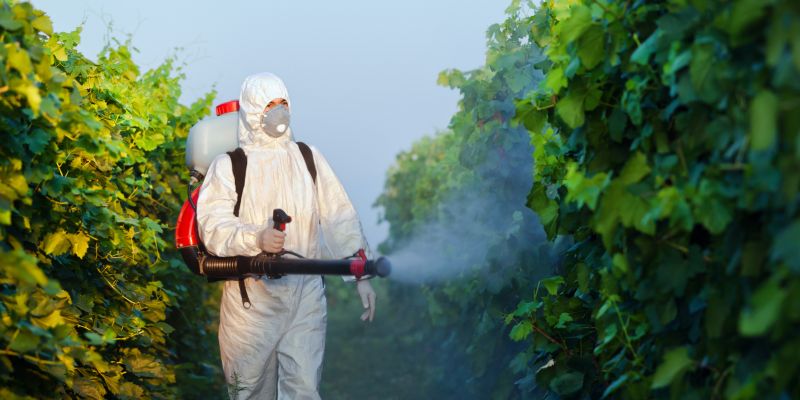
Finishes and colors that play nicely with Poison Ivy Controls.
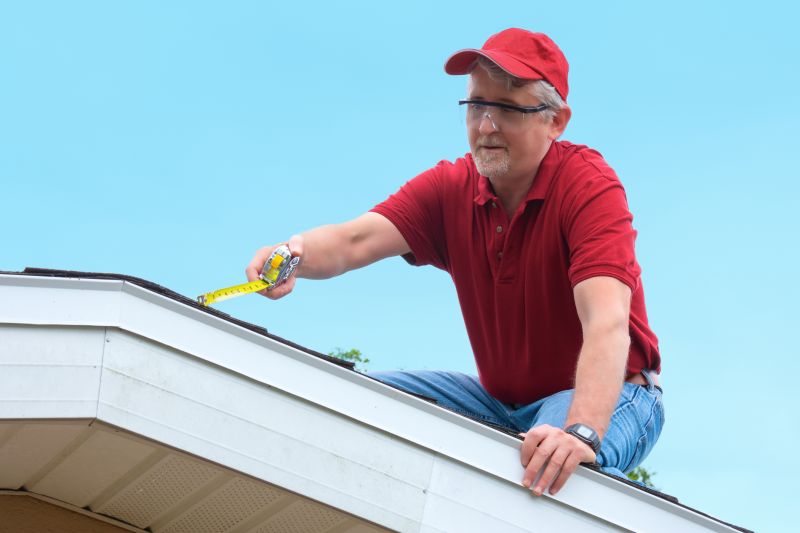
Little measurements that prevent headaches on Poison Ivy Controls day.
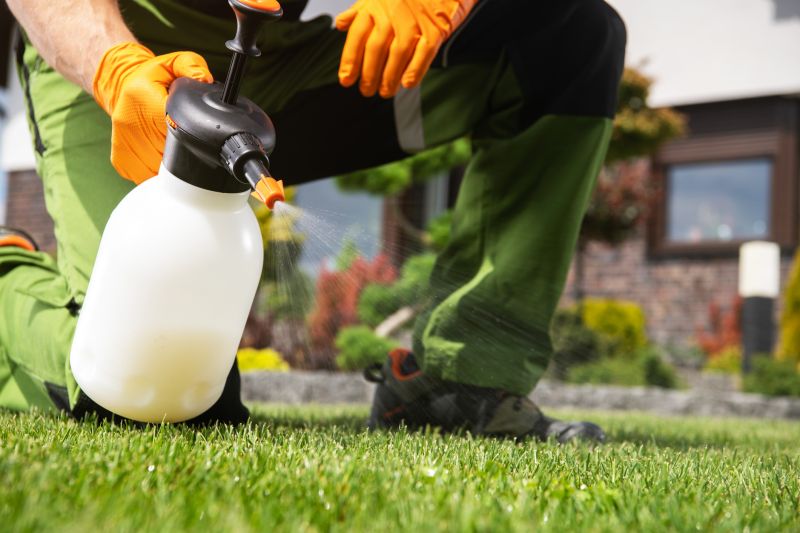
A 60-second routine that keeps Poison Ivy Controls looking new.
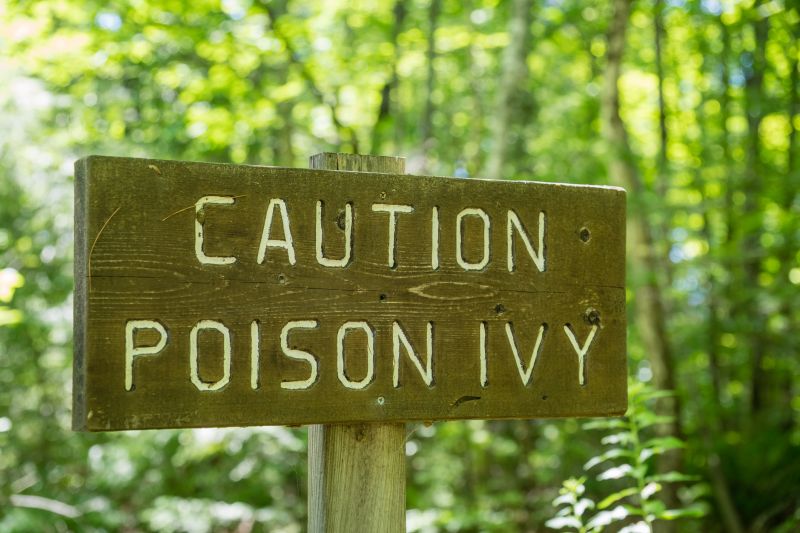
A frequent mistake in Poison Ivy Controls and how to dodge it.

Small tweaks to make Poison Ivy Controls safer and easier to use.
Effective Poison Ivy Controls require careful timing aligned with the plant's lifecycle. Implementing control measures during the recommended periods can significantly reduce Poison Ivy presence and prevent future growth. For best results, it is advisable to plan treatments during early spring or late fall, when the plant's activity levels are most conducive to herbicide absorption.
Individuals interested in Poison Ivy Control services are encouraged to fill out the contact form for more information and assistance in managing Poison Ivy growth effectively.



